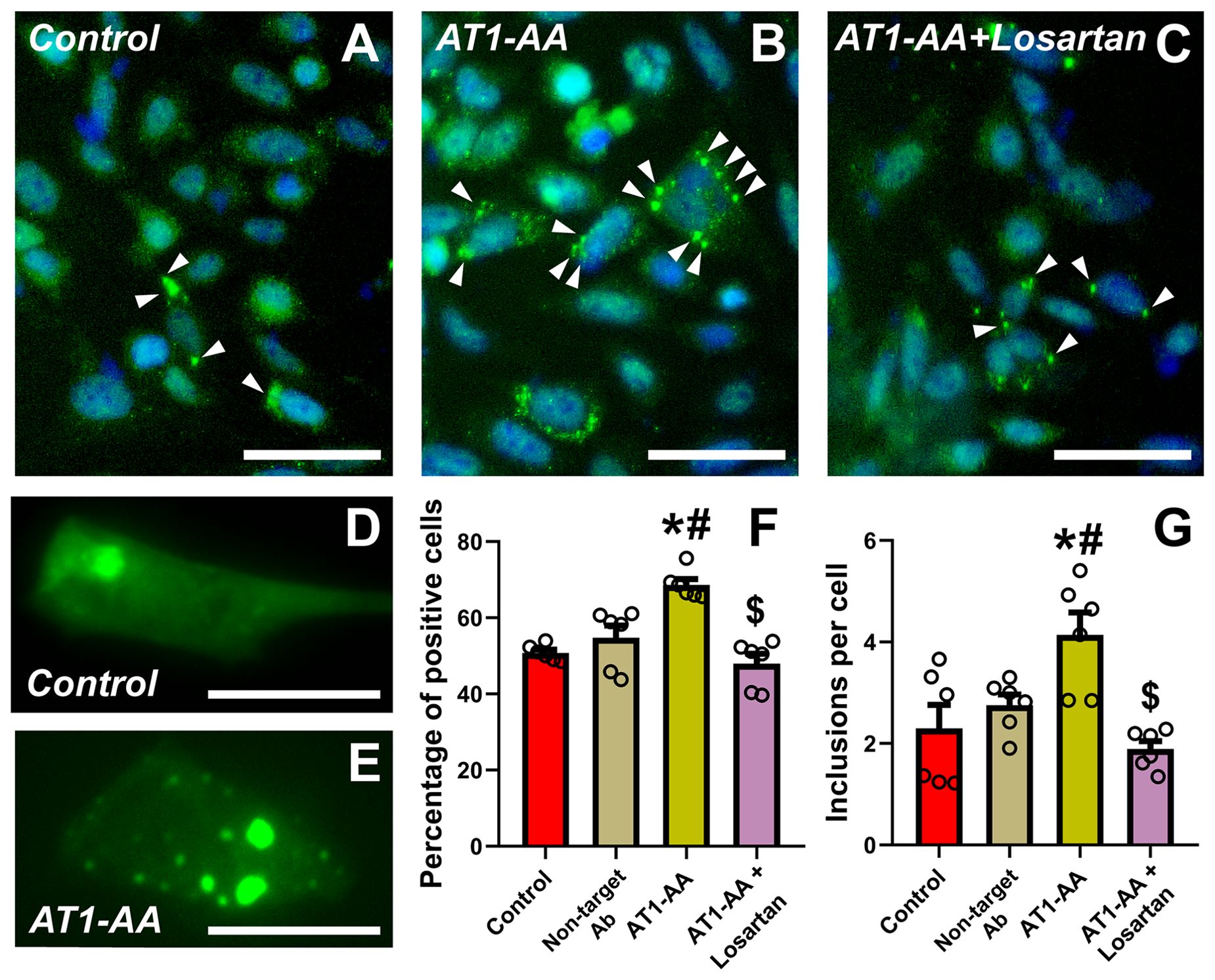
A recent study in the realm of nanoscience has unveiled a remarkable yet cautionary story about a substance that bears a striking resemblance to the well-known puffed corn treat, Cheetos. Nonetheless, these ‘nano-cheetos’, showcased in an exact electron microscopy photograph, are imaginary constructs, created using ChatGPT by a group of materials scientists. This advancement raises alarms regarding AI-generated visuals making scientific deception nearly undetectable.
Historically, image alteration with programs like Photoshop tends to leave behind discernible artifacts, such as random straight lines or repeated sections, which specialists can recognize. However, Mike Rossner, a consultant in image integrity, highlights that AI-created images do not exhibit these distinctive indicators, complicating the process of detecting counterfeit images.
Earlier efforts to incorporate AI-generated visuals in publications, like the exaggerated depiction of a rat, are quite obvious to observant reviewers. Nevertheless, Nadiia Davydiuk’s work posed a fresh challenge. The AI-generated images of nanomaterials by Davydiuk astonished the scientific community due to their eerie similarity to authentic images. Even experts like Quinn Besford from the Leibniz Institute and Matthew Faria from the University of Melbourne found it challenging to identify the fakes, raising significant alarm among image integrity specialists.
Alongside their teams, Besford and Faria conducted a survey with 250 scientists to evaluate their ability to differentiate between genuine and AI-generated microscopy images. The overwhelming outcome indicated that distinguishing them was nearly impossible, even for experienced professionals. As a result, the team advocates for urgent actions to prevent the literature from being flooded with fraudulent visuals.
One suggested solution is to maintain raw data files, which are less susceptible to tampering, within institutional repositories, as recommended by Rossner. These files would create a more secure and traceable data lineage. Furthermore, the scientific community is urged to reduce the expectation for ‘perfect’ images, to promote authenticity over perceived perfection.
The viability of replication studies as a remedy was also addressed. These could uncover misconduct and genuine errors; however, the challenge persists as securing funding for them is tough. Rossner proposes that guaranteed publication could serve as a motivation, although this might not be feasible for less prominent journals.
To tackle this issue, automated screening resources like Proofig AI and Imagetwin could prove invaluable. These detection technologies, employed by major publishers, aim to identify AI-produced imagery. Nonetheless, when Proofig was evaluated on Besford and Faria’s research, it failed to identify the AI-generated images. Dror Kolodkin-Gal, CEO of Proofig, notes that the tool’s adjustments are aimed at reducing false positives, which may result in some AI images passing initial assessments.
Jana Christopher, a specialist in image integrity, voices concerns over the academic culture of ‘publish or perish’, which amplifies the literature’s susceptibility to fraud, be it from AI-generated images or deceptive papers from paper mills. Christopher advocates for comprehensive, large-scale solutions, stressing that the current correction and peer review mechanisms are not equipped to manage the extensive nature of this issue.